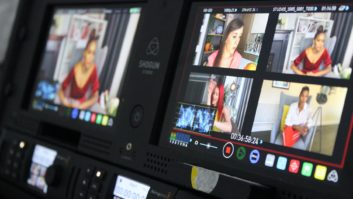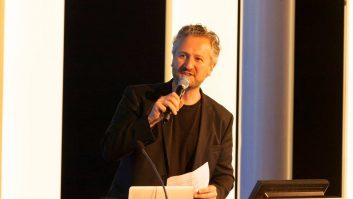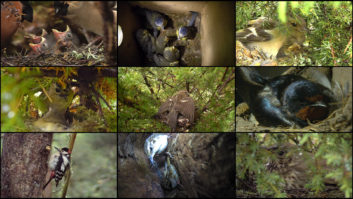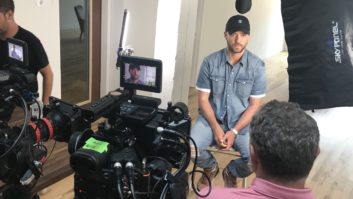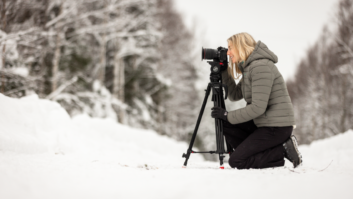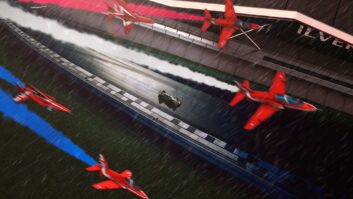Springwatch returned to BBC Two on Tuesday 26th May for a three-week run. The series, produced by BBC Studios, is broadcast Tuesdays to Fridays until 12th June, along with three daily live digital shows every weekday, in addition to the 24-hour live streams.
Now in its 15th year, this educational, entertaining, live, nature series is designed to give audiences a fascinating insight into the science behind the UK’s wildlife.
However, as with many other programmes, production has been affected by the restrictions required to cope with Covid-19.
“We are continuing to provide best of British wildlife viewing with expert presenters, hidden cameras and, this year, stories from special guests’ presenters based all over the UK,” explains BBC Studios executive producer Rosemary Edwards. “At a time when many UK residents may be suffering a sense of isolation, this year’s Springwatch is helping to alleviate some feelings of loneliness as it joins the nation through stories of our doorstep wildlife. The series is offering people a chance to join in the celebration of our native wildlife during this period of lockdown.”
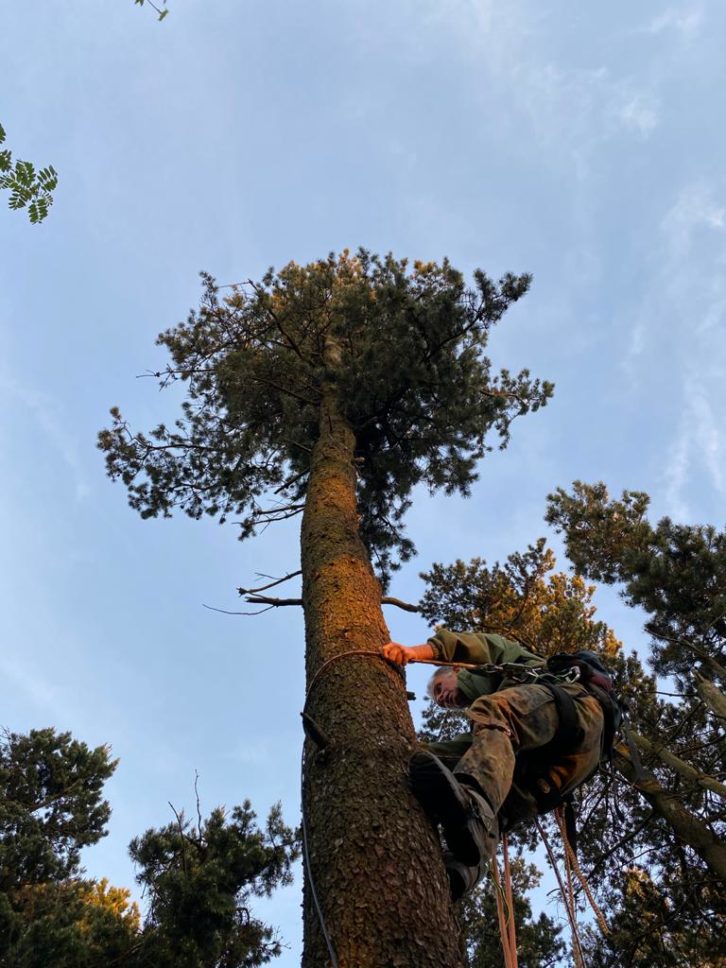
Edwards goes on to say that because of the coronavirus crisis the BBC needed to find an innovative new way to ensure the series’ core USP (Unique Selling Point), to stream live on social media, BBC iPlayer and the Springwatch webpages continued for a month – alongside the live BBC Two broadcasts. “In addition, with the presenters no longer able to gather together at a Springwatch hub, they are filming on home-turf and broadcasting live from their local areas, across the country.”
Across the UK
The presenters broadcast live from around the UK. Chris Packham is in the New Forest, Iolo William is in the west Wales, and Gillian Burke is at the Cornwall Beaver Project near her home.
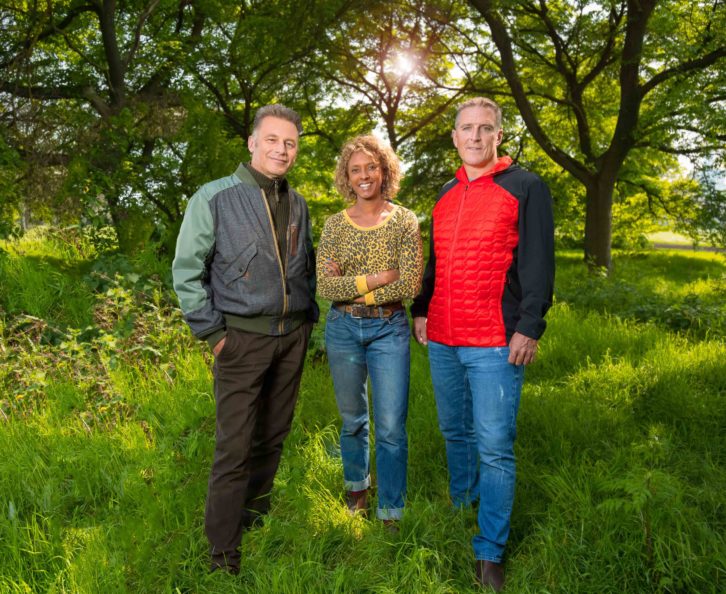
“In addition to this, we have three guest presenters – wildlife presenter Steve Backshall joins the team from his home patch on the Thames, ecologist Ellie Harrison from her Cotswold base and wildlife cameraman Gordon Buchanan covers nature stories from Loch Lomond and The Trossochs National Park, Scotland,” explains Edwards. “Michaela Strachan, who is in lockdown in South Africa, also appeared in the first episode, calling in from South Africa to present some of her favourite moments from past series. There are very small camera crews with each of the presenters, that includes guest presenters.”
Throughout the making of this series the Springwatch team followed all the advice laid out by the UK government to ensure no one was put at any risk. These guidelines include maintaining the appropriate social distance at all times, only travelling to film when necessary, and constantly interrogating the distance people needed to travel.
The series also features a number of pre-recorded films, captured prior to the Government restrictions on social distancing. More recent content being shot in accordance with official guidance.
The habitats
Part of the appeal of the series is the live shots of various wildlife habitats. So, has this been possible to the same extent with the revised format?
“Yes. We have a highly experienced wildlife and nest camera team who have been working together for over a decade,” says Edwards. “This year the extra guidelines on social isolation and travel have been considered when choosing locations where remote cameras could be sited. Together they have successfully rigged cameras in two key wildlife areas of the UK, one in the Mendip Hills and the other in Monmouthshire, Wales. Using new technology, we have been able to ensure the team that monitor these cameras 24 hours a day are able to individually view them remotely in a safe environment. The output is then fed into the live gallery in London where staff are also following strict social distancing measures.”
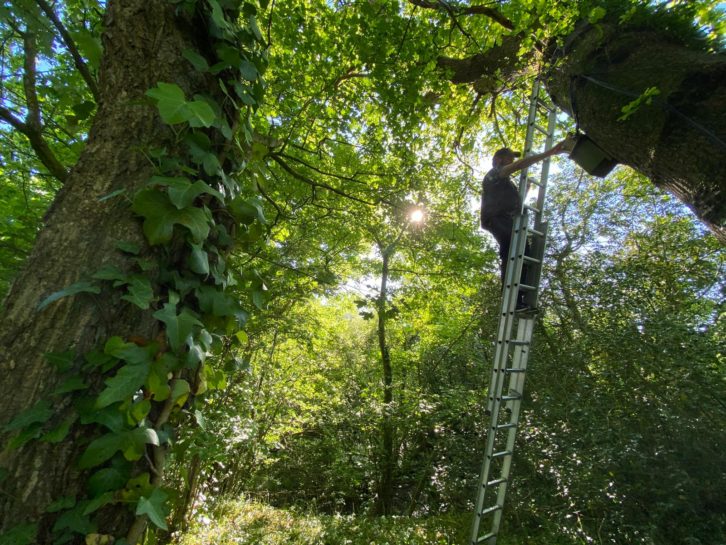
A small team of key production workers are required to travel to this centralised gallery. The BBC has ensured that the same team has been kept together to further avoid multiple contacts and has travelled to the studio location independently. As the gallery environment is large this can accommodate crew across multiple rooms to ensure social distancing.
“There are currently no government guidelines on wearing of face masks. However, should that advice change then they will be provided. We are constantly reviewing government guidance,” says Edwards.
World class
Julian Hector the head of BBC Studios Natural History Unit added, “We are so proud to be able to share the wonderful wild characters of British wildlife to the nation. Live natural history television is testing at the best of times, so to broadcast Springwatch during a global pandemic is driving our teams’ imagination, innovation and technical expertise to a new level – and all within the social distancing instruction of the UK government. The world class Springwatch team bring the joy of our natural world to everyone in a surprising and utterly brilliant way.”
Edwards concludes, “In these extraordinary times, we have found ourselves engaging with the wildlife in our nearby surroundings like never before. We’re thrilled at how well Springwatch is doing – it’s had such a positive reaction from audiences all over the UK. There are so many fascinating stories that showcase the diversity of UK habitats and species, which we will continue to share with viewers.”
Springwatch is produced by BBC Studios in partnership with The Open University and was commissioned for the BBC by Jack Bootle, Head of Commissioning, Science and Natural History. The executive producer is Rosemary Edwards for BBC Studios.
